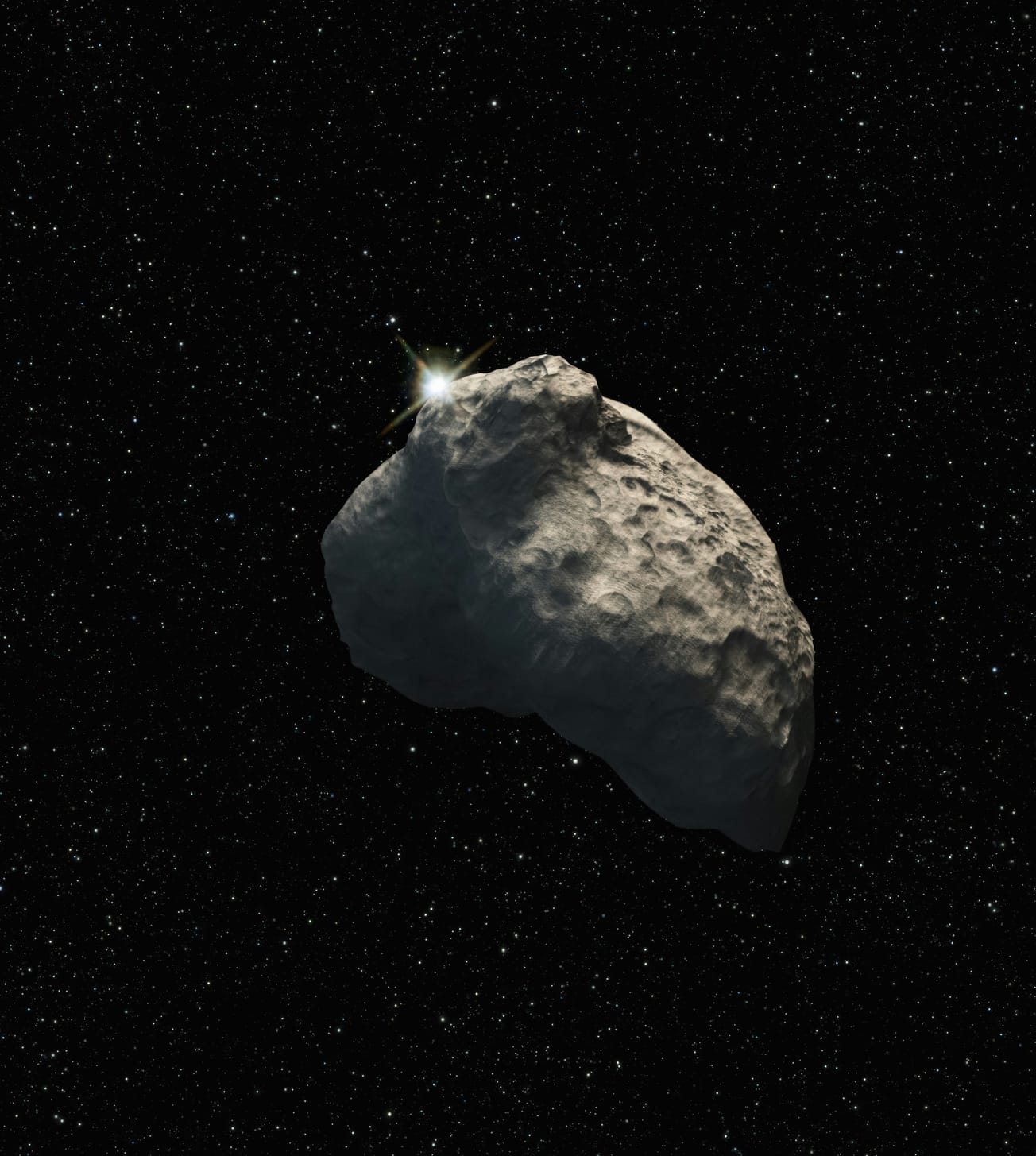By Alice Guskov, Second Year, Astrophysics
If you have ever looked up at the sky and thought "the moon needs a friend", don’t worry! From the 29th of September to the 25th of November, it will have a visitor.
Scientifically known as 2024 PT5, a mini-moon was detected by Carlos de la Fuente Marcos and Raul de la Fuente Marcos at the Complutense University of Madrid on the 7th of August 2024 using NASA's Asteroid-Terrestrial Impact Alert System in Sutherland, South Africa. Approximately 10 metres in diameter, it is relatively small compared to both the Earth and the Moon. Unfortunately, this means it will not be visible to the naked eye, but may be observable with a professional telescope. It also means 2024 PT5 is not really a moon, it's an asteroid. I know, I was disappointed too.
After the discovery, Carlos de la Fuente Marcos told Space.com, "the object that is going to pay us a visit belongs to the Arjuna asteroid belt, a secondary asteroid belt made of space rocks that follow orbits very similar to that of Earth at an average distance to the Sun." The asteroid originally orbited the sun but was recently pulled into Earth's orbit, classifying it as a mini-moon. Marcos added that it will not complete a full circular orbit but rather a horseshoe-shaped orbit by the time it leaves us and returns to its toasty home near the sun.
The asteroid [...] was recently pulled into Earth's orbit, classifying it as a mini-moon
According to the University of Sydney, 2024 PT5 is the fifth mini-moon discovered by astronomers. The first known mini-moon was 1991 VG, which orbited for two months between 1991 and 1992. The second was 2006 RH120, which visited Earth between July 2006 and July 2007. Next was 2020 CD3, which stayed the longest, just over two years! 2022 NX1 was the last discovered before 2024 PT5, and also hailed from the Arjuna asteroid belt. They were all discovered through long-term projects designed to search for asteroids, and more could be discovered in the future.
Why should we care? In addition to sounding very cool, mini-moons enable astronomers to research asteroids to reveal their composition and behaviour. These factors are essential in determining where they come from and how they formed, giving us insight into how the universe works. They are also imperative in planetary defence initiatives that identify potentially hazardous objects to the Earth, which 2024 PT5 is not, in case you were worried.
If you don't get the chance to become acquainted with 2024 PT5 before it starts the journey home, you are in luck. You only need to wait 31 years until it's predicted to check back in on us, so mark your calendar.
Featured image: NASA/Unsplash







